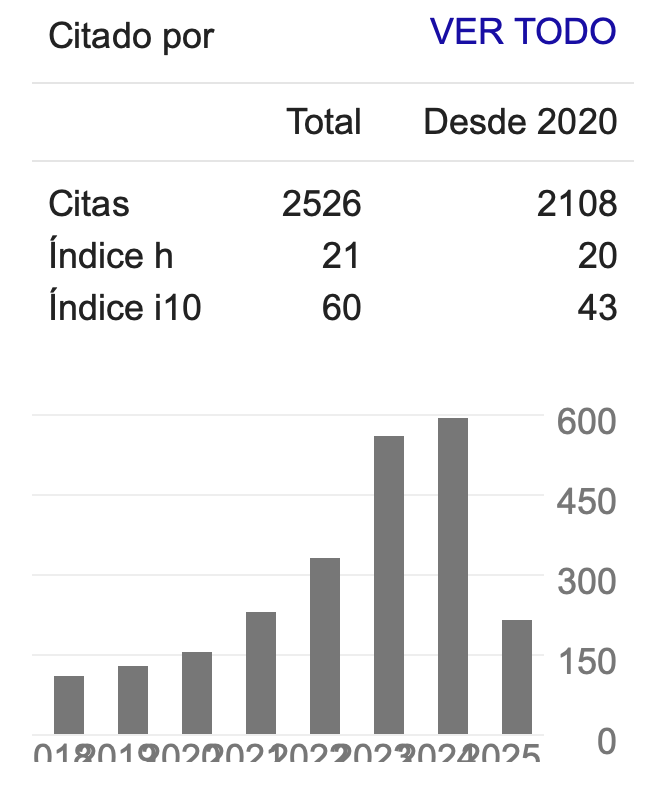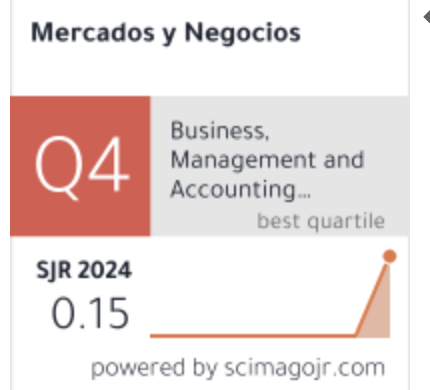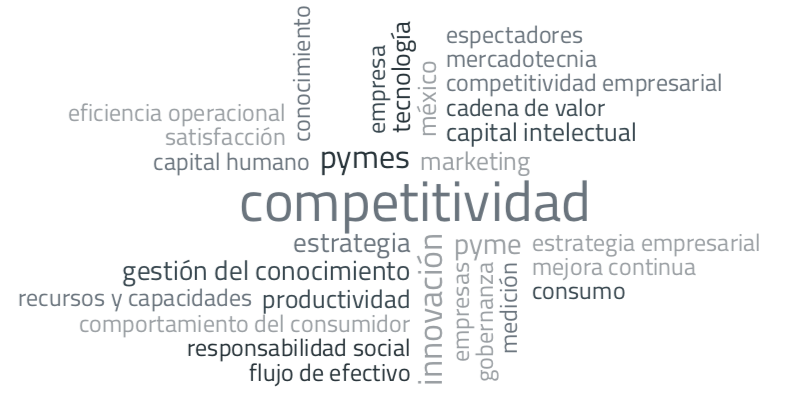Data and Business Intelligence Systems for Competitive Advantage: prospects, challenges, and real-world applications
DOI:
https://doi.org/10.32870/myn.v0i41.7537Keywords:
SMBs, turbulent global market, managing BI systems, IT industry.Abstract
This paper is intended as a short introduction to Business Intelligence and Analytics systems. The main aim of the paper is to raise awareness of organizations in the developing world, about the benefits of these technologies and the crucial role they play in the survival and competitiveness of the firm in the complex and turbulent global market. For many years, many small and medium-sized businesses (SMBs) have not followed large organizations in the implementation of Business Intelligence technologies. The main reason stated by SMBs is the complexity and high cost of deploying and managing BI systems. However, according to recent IT industry survey of SMBs executives, they now realize the crucial role BI systems play in the company’s performance, and competitiveness and they are now increasingly investing in and implementing Business Intelligence technologies.References
Chaudhuri, S., Dayal, U., & Narasayya, V. (2011). An overview of business intelligence technology. Communications of the ACM, 54(8), 88-98.
Deloitte Report (2014). The 2014 Global Report. UK: Deloitte.
Gartner. (2011). Magic Quadrant for Business Intelligence Platforms. Core Research Note G00210036. Gartner.
Gartner. (2019). Gartner market trends report: how to win as wan edge and security converge into secure access service edge. Core Research Note G0035476. Gartner.
Ghasemghaei, M. (2019). Does data analytics use improve firm decision making quality? The role of knowledge sharing and data analytics competency. Decision Support Systems, 120, 14-24.
Hedgebeth, D. (2007). Data-driven decision making for the enterprise: an overview of business intelligence applications. Vine, 37(4), 414-420.
IBM (2011). Smarter Planet Leadership Series. New York: IBM. Link: ibm.com/smarterplanet
IDC (2014). The Digital Universe of Opportunities: Rich Data and the Increasing Value of the Internet of Things. Massachusetts: EMC.
Imhoff, C., Galemmo, N., & Geiger, G. (2003). Mastering data warehouse design: relational and dimensional techniques. John Wiley & Sons.
Lonoff, J. (2013). 8 Ways Business Intelligence Software Improves the Bottom Line. CIO FEATURE. Link: https://www.cio.com/article/2384577/8-ways-business-intelligence-software-improves-the-bottom-line.html
Loshin, D. (2012). Business intelligence: the savvy manager's guide. Massachusetts: Morgan Kaufmann.
Mikalef, P., Krogstie, J., Pappas, O., & Pavlou, P. (2019). Exploring the relationship between big data analytics capability and competitive performance: The mediating roles of dynamic and operational capabilities. Information & Management.
Microsoft (2019). Customer Stories. Toronto: Microsoft. Link: https://customers.microsoft.com/en-CA/search?sq=EMC&ff=&p=0&so=story_publish_date%20desc
Scherer, M. (2012) Inside the Secret World of the Data Crunchers Who Helped Obama Win. Time, Nov. 7, 2012.
Shen, G. (2013) Big Data, Analytics, and Elections. Analytics Magazine, The Fiscal Times, January 21, 2013).
Stackpole, B. (2011). A midmarket guide to leveraging data as an asset with business intelligence and analytics. SearchBusinessAnalytics.com.
Sun, Z., & Wang, P. (2017). Big data, analytics and intelligence: an editorial perspective. Journal of New Mathematics and Natural Computation, 13(2), 75-81.
Sun, Z., Sun, L., & Strang, K. (2018). Big data analytics services for enhancing business intelligence. Journal of Computer Information Systems, 58(2), 162-169.
Williams, S., & Williams, N. (2010). The Profit Impact of Business Intelligence. San Francisco: Morgan Kaufmann (Elsevier).
Published
How to Cite
Issue
Section
License
Copyright (c) 2019 Mohamed Djerdjouri

This work is licensed under a Creative Commons Attribution-NonCommercial 4.0 International License.
Mercados y Negocios by Department of Mercadotecnia y Negocios Internacionales. University of Guadalajara is licensed under a License Creative Commons Attribution-NonCommercial 4.0 International.
The author retains the copyright.








